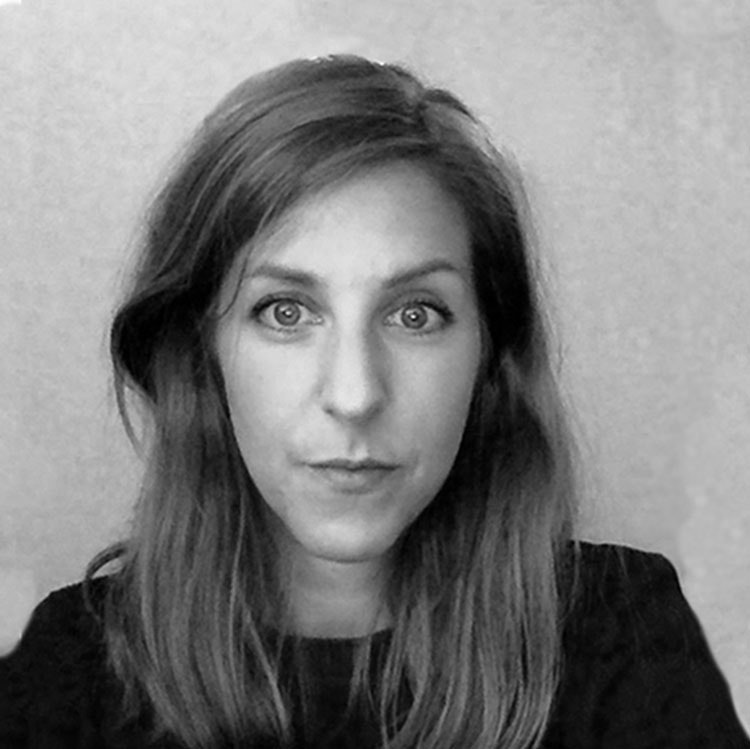
Animator and director Anna Mantzaris is a rising star in the field of stop motion, a type of film-making that involves moving objects by hand and taking a series of photos to create an animated sequence.
Her work ranges from Wes Anderson’s blockbuster Isle of Dogs, which she helped to animate as part of a large team including graphic designer Erica Dorn, to her personal project Enough, which she created almost single-handedly “in a dark basement” while studying animation at the Royal College of Art (RCA).
Enough went on to win more than 25 awards, including the prize for the best achievement in a student film at the European Animation Awards, 2018.
Mantzaris, who is originally from Stockholm, Sweden, says she had not always planned to work in animation — in fact, when she was younger she had wanted to be a vet — but she did always enjoy drawing.
She often found herself sketching situations in daily life, for example, drawing people sitting around her on the bus, and it is this interest in observing others that went on to inspire her later work.
Enough, Mantzaris’ first year project at the RCA, focuses on people in everyday situations reaching breaking point and acting on feelings they would normally internalise, she says.
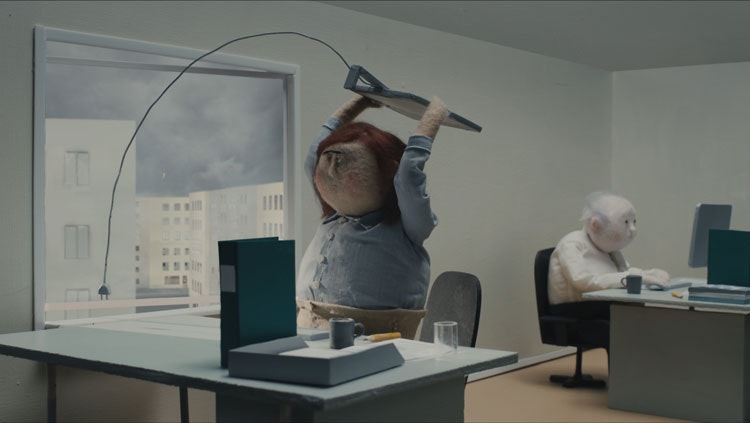
Scenes include characters throwing a computer out of a window, walking out of a business meeting and knocking a mobile phone out of the hand of another character who is talking loudly on a bus. The short film explores a style that comes up in a lot of her work, which is mixing “funny and sad” situations together, as this is a good reflection of “how life is”, Mantzaris says.
“I had just moved to London and was travelling on the tube, where I felt a lot of passive-aggressive tension,” she says, reflecting on the inspiration behind the film.
“People act nice, but it’s often not how they feel inside, so I thought about what it would be like if people didn’t follow social rules and just acted how they actually wanted to,” she adds.
The film took her around five-and-a-half months to create and she did most of the work herself, from creating storyboards, to making puppets and animating them.
It features a cast of more than 20 characters, but Mantzaris says she only had time to make eight puppets, so she would “swap the heads” and “change the clothes” on existing puppets to use them in different roles.
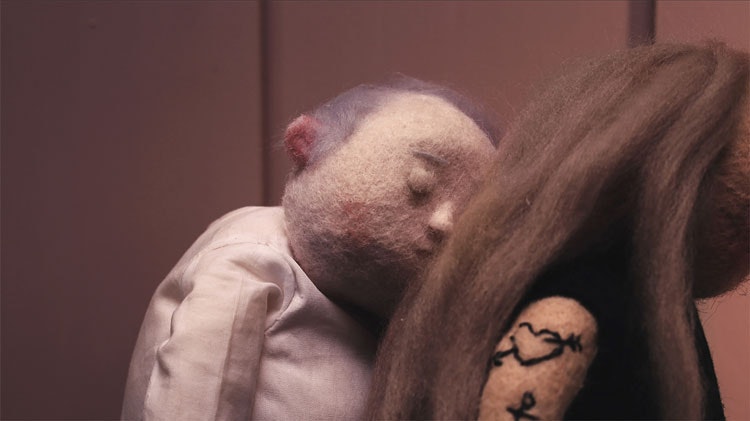
The puppets were made from aluminium wire skeletons, mattress foam for their bodies, felt for their skin and wool for hair.
As for their clothes, she says it was not always possible to use the actual material she wanted to represent in the film. For example, using regular denim for a puppet’s jeans might not look right on such a small scale, she says, so she would search fabric shops for a finer material that resembled denim.
She believes the film was well-received because people found it “cathartic and satisfying”, and liked that it was just two minutes long, fulfilling “people’s short attention spans”.
Speaking about stop motion animation in general, Mantzaris describes it as working with a “miniature film set” in which you “bring puppets to life”.
The first stage involves writing a script and creating an animatic, which is a storyboard filled with drawings of what will be filmed and the timings for each shot.

Storyboards can be drawn by hand or digitally. Mantzaris uses design software Adobe Photoshop to create her storyboards, drawing characters in various positions such as walking into the kitchen, opening a fridge, bending down to look at it and taking something out.
She line-draws in black and white using paintbrush and eraser tools, sketching on multiple layers which allows her to duplicate the background in multiple frames, she says. She also cuts, re-scales and moves the characters around in the scene, trying out different sizes and positions.
She then puts the images onto a timeline using video editing software Adobe Premiere Pro to see how scenes fit together and to work out timings.
This is different to a live action film, which involves real-life actors used alongside animation, as stop motion requires creating such a detailed storyboard that “you almost do the editing first,” she says, as it is necessary to know “exactly what you are going to shoot” before you film.
“It’s normal to edit the animatic many times until it feels right, before you start shooting,” she adds.
“You create about three to six seconds of action a day on average,” she says. “Twenty-five still pictures are one second [of film] and you probably take about 75 to 100 still pictures per day.”

Once the storyboard has been created, the puppets and the film set are made. Each puppet contains a metal skeleton inside it known as an armature, which is used to make it stand up and move. It is up to the maker how complex they want the puppet to be, Mantzaris says, but usually, at least the eyes, eyebrows and mouth are “moveable”.
She uses sticky wax to attach facial features to puppets’ heads, so they can be moved or replaced to show different expressions, such as swapping a smiling mouth for an open one to make the character “scream”. Round eye shapes are placed in sockets in characters’ heads, she adds, and rotated to make puppets look in different directions, while eyelids are often made from felt or plasticine and attached to puppets’ eyes to make them blink.
Mantzaris makes sets out of a range of materials, usually including wood or medium-density fibreboard (MDF) as a base and for the ground and buildings in scenes. She creates different textures using a range of techniques, such as mixing sand with paint to create a “grainy texture” for pavements.
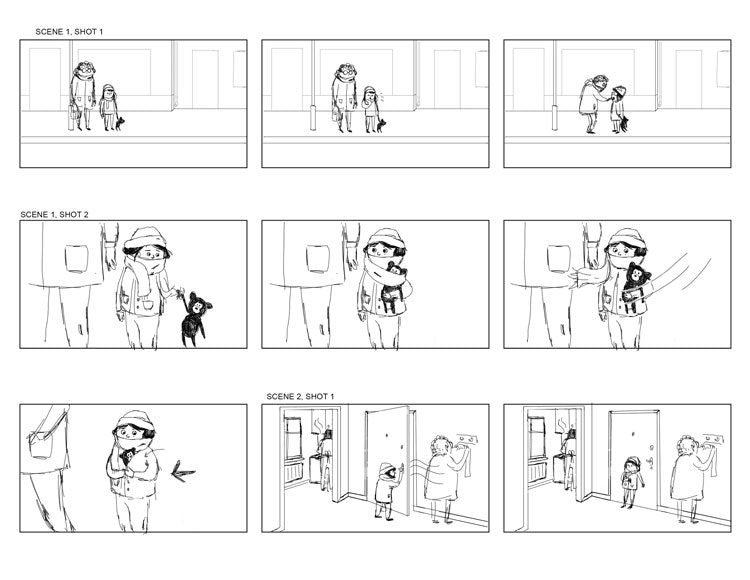
“Different materials can also be used to create grass or nature,” she says. “For example, you can paint bits of towels to make them look like miniature grass, or if you want to make hills, you can shape them from polystyrene foam.”
Smaller props are made from paper, card, plastic and textiles, among other materials. The props are then glued to the set using hot glue, the set is glued to the table it is on, and the table is glued to the ground to prevent movement while shooting frames. Lighter fluid is used to detach props after a shot is complete.
The puppets are placed on a set where the animator moves them “a tiny bit” each time, taking a series of photos using a digital photo camera.
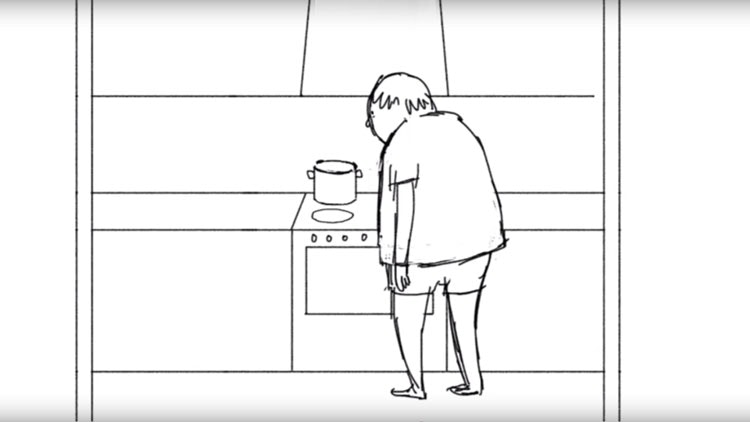
Props might be needed to help move the puppets. “A puppet can’t be still in the air, so if you want it to jump, you might attach a metal stick to it, which you erase on the computer after,” she says.
The digital camera is connected to a stop motion computer program such as Dragonframe, which lets the animator play the sequence of photos back straight away to see how it looks.
Sound is recorded separately and added into the film digitally. Mantzaris says she usually works with a sound designer or a music composer to create soundtracks for her films. She sends them the animatic so they can work on the sound while the film is still being made and once a sound file is ready, she adds it into the film using Adobe Premiere Pro. She has not yet had voiceovers or speech in her films.
She has previously worked with music composer Phil Brookes on six of her projects to date, and with cinematographer Donna Wade on lighting and camera work.
Mantzaris’ journey into animation began in Stockholm, where she took an art foundation course at Konstskolan Basis college, before heading to Volda University College in Norway to study a Bachelor of Arts (BA) in animation.
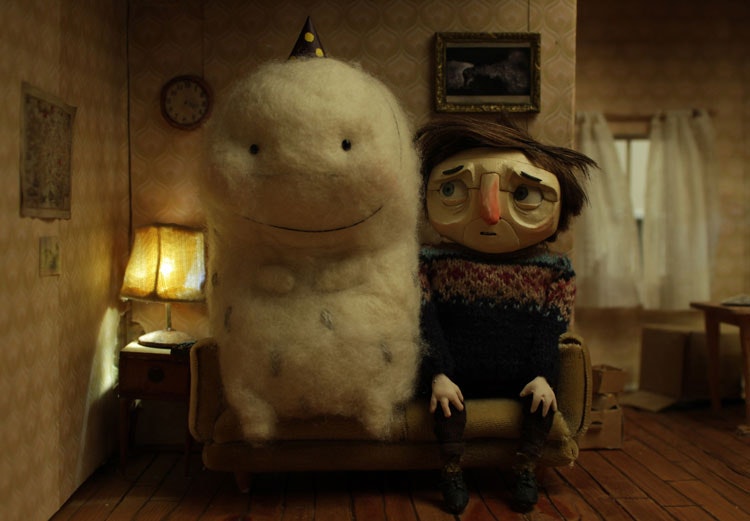
During her degree, she discovered stop motion and decided she much preferred it to other digital animation roles which involve “sitting in front of a computer all day”. “I really like to work with different materials and work with my hands,” she says.
For four years, she worked as a freelance animator in Sweden on a range of stop motion and digital animation projects, before going to the RCA in London to do a two-year postgraduate degree — a Master of Arts (MA) in animation.
Her freelance work during this time included a stop motion children’s show called Spot and Splodge, but she found the demand in Sweden was increasingly for digital animators, which is not what she wanted to do.
She hoped going to the RCA would give her the time to work on some personal projects and further develop her skills to take steps towards becoming a director for animated films.
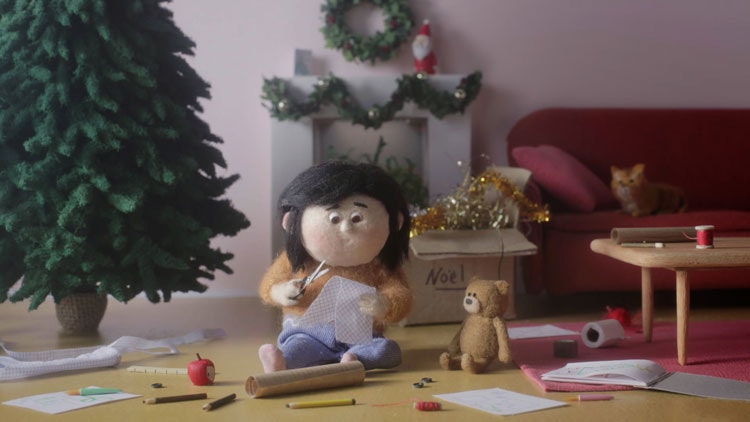
She began her degree at the RCA and decided to create Enough for her first-year project as she felt she “could take more risks and be bolder” with it than she would be able to in her final project the following year, which she thought “would have more pressure on it”.
During the summer break after her first year of study at the RCA, she contacted the team behind Isle of Dogs, the Wes Anderson-directed film about a little boy’s search for his pet when all dogs are made to live on an island filled with trash after becoming infected with canine flu. She got a job as an assistant animator for four months, working for the Isle of Dogs production studio in East London.
The film, which took four years to complete, had a large team behind it, with more than 100 people in the studio when Mantzaris worked there. They included Annie Atkins, graphic designer on another Wes Anderson success, The Grand Budapest Hotel, and Erica Dorn, who together with their team made thousands of graphic props for the feature film. The creative department also contained animators, camera operators, puppet makers, set makers, set dressers, production and post-production teams.
There was even a “puppet hospital”, where damaged puppets, which were made of silicon, fabric and other materials, were repaired.
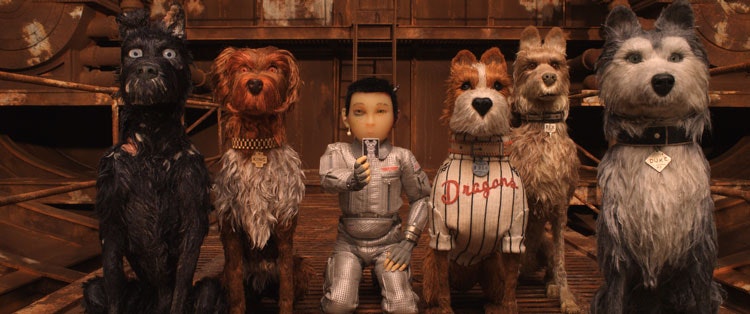
Mantzaris’ role involved animating some of the minor characters based on briefs she was given daily, as well as a scene where miniature versions of the lead characters, including the protagonist Atari and his fleet of dogs, are walking in the distance.
“That scene took a week to do,” she says. “The puppets were really small, so I had to use tweezers to move their little legs. My hands were too big to do it.”
Director Wes Anderson was mainly abroad during the time Mantzaris worked on the film, so her main contact with him was by email.
“He is involved in every part of the process,” Mantzaris says. “You can sense he has a clear idea of what he wants and every detail matters.”
After graduating from the RCA, Anna landed her first job as a director, working with Greenpeace France to create a stop motion Christmas advert about air pollution called The Handmade Gift.

Mantzaris, who now lives in London, says the UK is “one of the best places in Europe to work in stop motion”. There are more jobs in the field than in Sweden, she says, where the focus is more on digital animation. But because the city is a hub for it, there is inevitably more competition for stop motion job roles in the UK, she adds.
“There is much more of a culture for it in the UK, because of Wallace and Gromit and shows like that,” she says. “It is therefore more normal to pay a proper commercial budget for stop motion.”
For Mantzaris, the appeal of the medium is that “every project is different” and she “never feels bored” as “there are so many different steps”.
Her advice for those trying to make it in the field is to “keep working” and understand it could “take some time to get to where you want to be”, as well as not being afraid to “reach out to other professionals” in the field to ask about work and for advice.
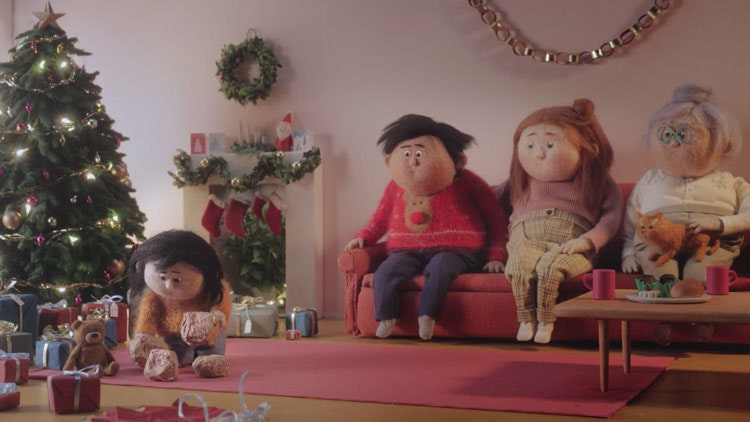
She also says that sometimes it is important to be able to turn down work that is not right for you, as she had to do when she was only being offered computer animation jobs, before going to the RCA.
“The need for work can easily direct you away from what you want to do, so don’t be afraid to say no to jobs you don’t want and invest in going in the direction you want to,” she says.
Mantzaris is now working on a range of stop motion commissions with Passion Animation Studios in London but cannot reveal details of her latest project, and in future hopes to work on a mix of personal projects and commissions.
Catch Anna Mantzaris at 3pm on Saturday 6 April on the main stage at Offset Festival. The festival runs 5-7 April at The Point Square, East Wall Road, Point Square, Dublin, Ireland D01 E0K6. Day tickets cost €99 (£85) and student day tickers cost €55 (£47). For a full range of ticket prices, head here.
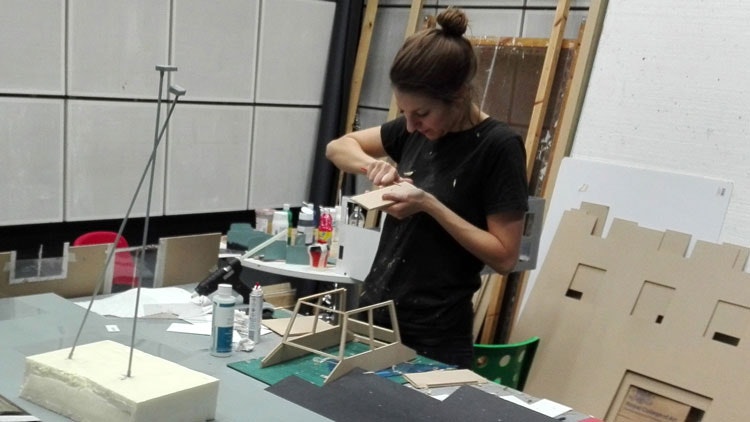

- Design disciplines in this article
- Industries in this article
- Brands in this article







